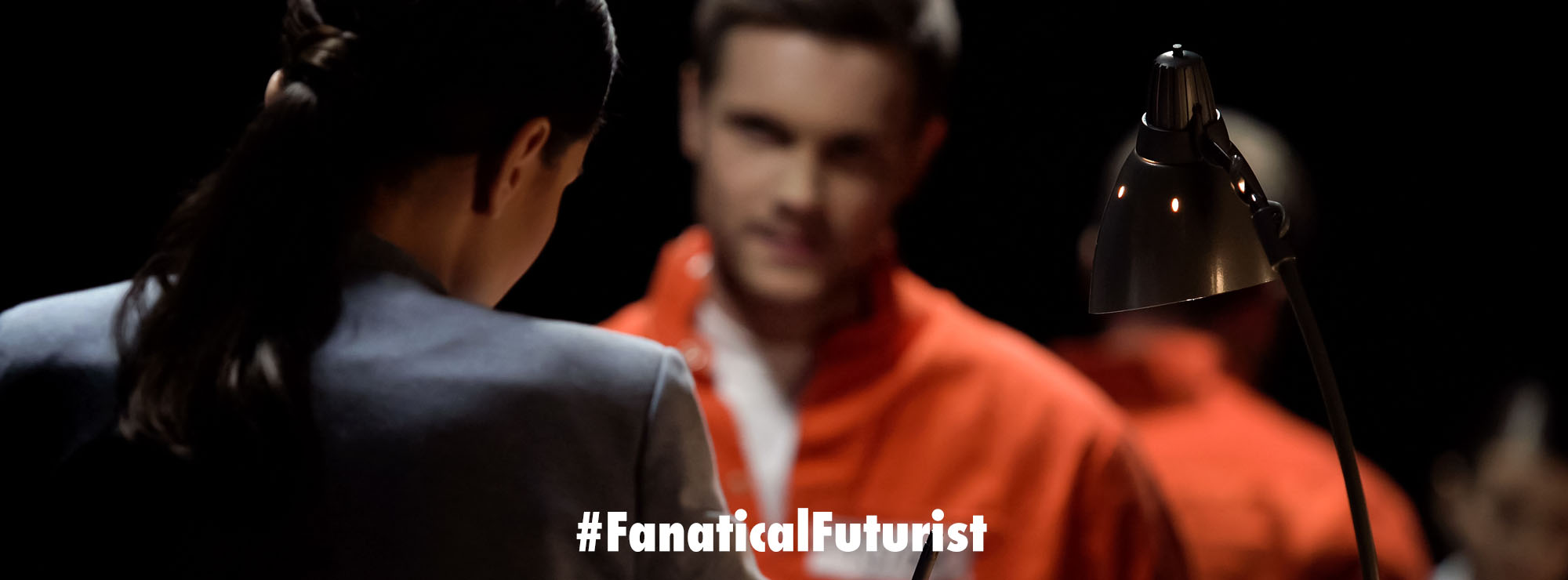
WHY THIS MATTERS IN BRIEF
- AI is getting better at extracting context and meaning from data. Today they help report the news and write short stories and scripts but what happens when humans are out of the loop? What happens when an AI gains “creative bias” and what happens if its interpretations are wrong? And what happens when the wrong news goes viral?
Gone, or at least going, are the days when the floors of all the major newspaper publishers were crowded with journalists and reporters crying “Copy!” as it turns out that the Washington Post covered House, Senate and a whole host of other races for the all 50 US states on US Election Day using its “Robo-Journalism” artificial intelligence (AI) technology, Heliograf.
While this isn’t a first, by any means – robo journalism has been alive and well for some years now with other tabloids such as the UK’s Guardian newspaper embracing it whole heartedly, and AI’s have even been writing movie scripts but this is the first time that a major tabloid has talked openly about the automation of what it describes as it’s “story telling”.
The Posts Heliograf first debuted during the Rio Olympics where it began honing its ability to crawl, trawl, sift, wade through and analyse incredible volumes of data, searching out patterns, looking for context and writing up what it found in a way that, in many ways mimicked the tone and language that a conventional journalist would use. During the US election, however, it provided Post readers with an unprecedented amount of up to date, personalised coverage for over 500 US election races and so the results were impressive, see if you can tell which articles were written by a human and which ones were written by the AI.
“We have transformed Heliograf into a hybrid content management system that relies on machines and humans, which distinguishes it from other robo-journalists that are currently in use. This hybrid approach allows The Post to create stories that are better than any automated system but more constantly updated than any human-written story could be,” said Jeremy Gilbert, director of strategic initiatives at The Post.
Using Heliograf’s editing tool, Post editors could add reporting, analysis and colour to stories alongside the bot-written text. Editors could also overwrite the bot text if needed. The geo-tagged articles that ended up being published were, in essence “living stories,” first beginning life as a preview of a race in the days leading up to the election, then, on Election Day the stories were automatically updated with results in real time, then, after a race was called, Heliograf provided analysis of the final results.
“The future of automated storytelling is the seamless blend of human reporting and machine generated content,” said Dr. Sam Han, director of data science at The Post.
”The Post’s sophisticated AI is the connective tissue that allows us to combine these different sources and to power Heliograf so that it can write highly personalized stories for the benefit of journalists and readers alike.”
“We have just begun to scratch the surface on what is possible with artificial intelligence,” said Shailesh Prakash, CTO at The Post, “smart technology is an area we will continue to invest in and embed into every engineering system that powers The Washington Post and our partners.”















